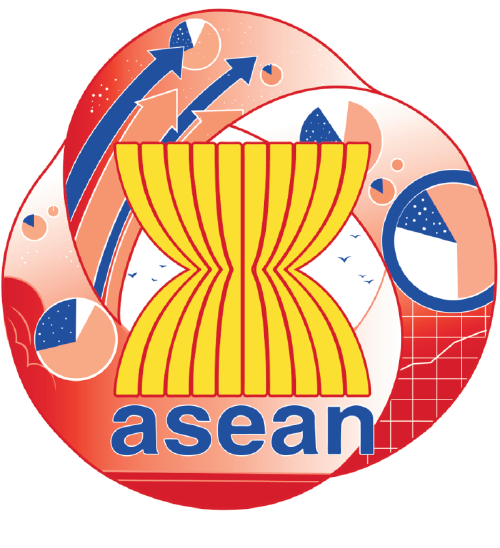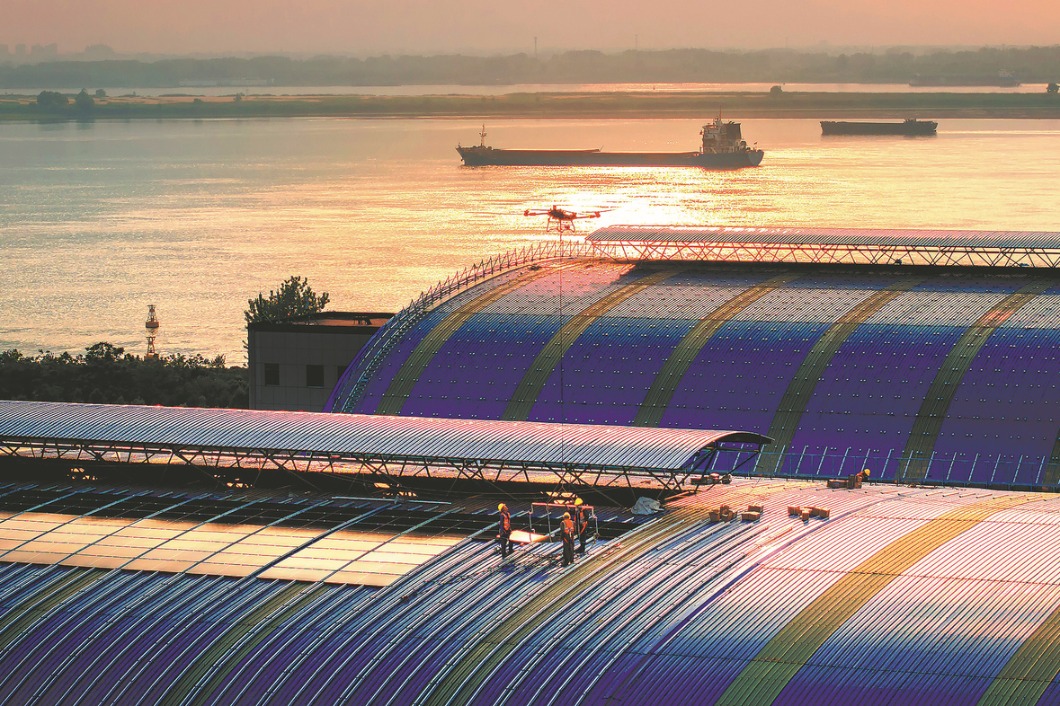30 years and counting


China-ASEAN relations have a solid political and people-to-people foundation that has stood the test of history
This year marks the 30th anniversary of the establishment of China-ASEAN dialogue relations. In July 1991, then Chinese foreign minister Qian Qichen, at the invitation of his Malaysian counterpart Datuk Abdullah bin Ahmad Badawi, attended the opening session of the 24th ASEAN Ministerial Meeting in Kuala Lumpur, which ushered in a new era between China and the Association of Southeast Asian Nations.
Over the past three decades, the China-ASEAN relationship has made tremendous progress, bringing benefits to people in China and the 10 ASEAN members, besides contributing to peace, stability and prosperity in the region and the world at large.
Over the past three decades, Chinese leaders have visited ASEAN countries multiple times, and most leaders in ASEAN countries choose China for their first international visits outside the region.
China has established a strategic partnership with ASEAN and different types of strategic partnerships with its individual member states. Among all of ASEAN's dialogue partners, China was the first to accede to the Treaty of Amity and Cooperation in Southeast Asia. Close exchanges in various levels and fields indicate profound understanding and trust between the two sides.
Over the past three decades, both sides have reached a consensus that problems and disputes between nations are inevitable, and should only be solved by dialogue and cooperation, which shows the maturity of China-ASEAN relations.
China and most ASEAN countries have also seen great economic development over the past 30 years. China is the world's second-largest economy, and ASEAN has ranked fifth in 2019. The bilateral trade volume in 2020 is 86 times what it was in 1991, and it has surged by 26.1 percent year-on-year in the first quarter of 2021. The mutual investment has accumulated to $200 billion. Currently both sides are actively promoting the early entry into force of the Regional Comprehensive Economic Partnership.
Over the past three decades, China has firmly supported ASEAN to develop into a regional organization covering the entire Southeast Asia, to build the ASEAN Community and to play a core role in the regional affairs. China has also actively participated in regional cooperation under the framework of ASEAN. The steady relationship to some extent promoted other parties' cooperation with ASEAN.
On the other hand, ASEAN understands, respects and supports China's stance on issues relating to its core national interests. The growing mutual understanding and tolerance has laid solid political, economic and social foundation for both sides.
The remarkable progress in China-ASEAN ties can be attributed to the following four reasons.
The first is the strong political will to improve bilateral ties. The China-ASEAN(10+1) Leaders' meeting has been held annually for more than two decades, enabling yearly reviews and planning. Besides, the two sides issue medium-and long-term cooperation plans every few years, including milestone documents such as the Joint Declaration on ASEAN-China Strategic Partnership for Peace and Prosperity signed in Indonesia in 2003, the 2013 Joint Statement of the 16th ASEAN-China Summit on Commemoration of the 10th Anniversary of the ASEAN-China Strategic Partnership and the ASEAN-China Strategic Partnership Vision 2030 signed in Singapore in 2018.
The second is effective mechanisms and laws and regulations. Apart from the annual foreign ministers' meeting, almost all government agencies on both sides-from economy and trade, finance, agriculture and forestry, to culture and tourism, and technology-have established ministerial or high-level coordination mechanisms and hold meetings on a regular or irregular basis, making it possible to assess the cooperation process, formulate plans and coordinate positions as well as take quick response in the face of emergencies.
The China-ASEAN Free Trade Agreement and the Investment Agreement have provided legal guarantees for the two sides to constantly boost economic and trade cooperation. Memorandums of understanding signed between government departments from both sides have also provided guarantees for cooperation, paving the way for closer bilateral ties.
The third reason is the two sides keep innovating the modes of collaboration. Since dramatic changes have taken place in China and ASEAN countries over the past decades, bilateral cooperation keeps pace with the times, complying with changing national conditions. Salient examples include the China-Singapore Suzhou Industrial Park established in the 1990s, alignment between China-proposed Belt and Road Initiative and the master plan of ASEAN connectivity, close anti-pandemic cooperation since the outbreak of the novel coronavirus, and fast development of digital economy in last few years. To complement its cooperation with ASEAN, China has strengthened cooperation with the five countries of the Indochina Peninsula-Cambodia, Laos, Myanmar, Thailand and Vietnam-under the Lancang-Mekong Cooperation Mechanism.
Last but not least, strong public support promotes both sides' deepening cooperation. Over the past 30 years, China and ASEAN have also greatly enhanced people-to-people exchanges, resulting in deeper mutual understanding and friendship between the peoples. They have stood by each other while coping with public health challenges and fending off financial risks.
Though the international landscape is undergoing profound changes, there is a solid consensus between China and ASEAN on solidarity and cooperation rather than division and confrontation. Maintaining peace, stability and prosperity has been, and will always be a common goal for all countries in this region.
To expand the scope of bilateral economic and trade cooperation, China and ASEAN should work for the early entry into force of the RCEP and implement the China-ASEAN Free Trade Agreement.
In the meantime, ASEAN countries should fully tap the enormous development opportunities arising from China's dual circulation development paradigm featuring domestic and overseas markets reinforcing each other with the domestic market as the mainstay, by beefing up cooperation with Chinese provinces and cities, better intermeshing the Belt and Road Initiative with ASEAN infrastructure plan, exploring the huge market for agricultural products, and boosting tourism cooperation in the post-pandemic era.
Amity between people holds the key to good relations between nations. China and ASEAN should jointly intensify cooperation in such areas as culture, education, health, media, and vigorously promote exchanges between the youth, in order to promote China-ASEAN friendly and cooperative relations toward more sustained, sound and prosperous future.
The author is former Chinese ambassador to Malaysia. The author contributed this article to China Watch, a think tank powered by China Daily. The views do not necessarily reflect those of China Daily.


































